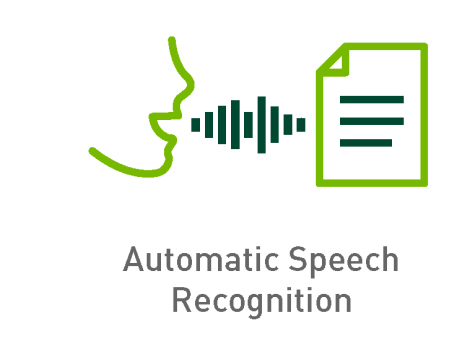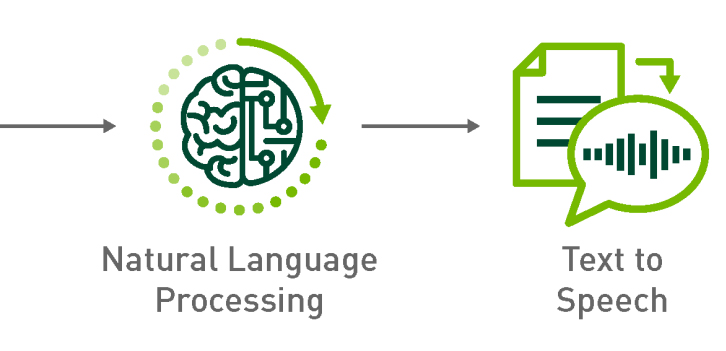Speech recognition technology is capable of converting spoken language (an audio signal) into written text that is often used as a command. Today’s most advanced software can accurately process varying language dialects and accents. For example, ASR is commonly seen in user-facing applications such as virtual agents, live captioning, and clinical note-taking. Accurate speech transcription is essential for these use cases. Developers in the speech AI space also use alternative terminologies to describe speech recognition such as ASR, speech-to-text (STT), and voice recognition. ASR is a critical component of speech AI, which is a suite of technologies designed to help humans converse with computers through voice.
Automatic Speech Recognition, also known as ASR, is the use of Machine Learning or Artificial Intelligence (AI) technology to process human speech into readable text.


Why natural language processing is used in speech recognition
Developers are often unclear about the role of natural language processing (NLP) models in the ASR pipeline. Aside from being applied in language models, NLP is also used to augment generated transcripts with punctuation and capitalization at the end of the ASR pipeline. After the transcript is post-processed with NLP, the text is used for downstream language modeling tasks:
- Sentiment analysis
- Text analytics
- Text summarization
- Question answering
Speech recognition algorithms
Speech recognition algorithms can be implemented in a traditional way using statistical algorithms or by using deep learning techniques such as neural networks to convert speech into text.
Traditional ASR algorithms
Hidden Markov models (HMM) and dynamic time warping (DTW) are two such examples of traditional statistical techniques for performing speech recognition.
Using a set of transcribed audio samples, an HMM is trained to predict word sequences by varying the model parameters to maximize the likelihood of the observed audio sequence.
DTW is a dynamic programming algorithm that finds the best possible word sequence by calculating the distance between time series: one representing the unknown speech and others representing the known words.
Deep learning ASR algorithms
For the last few years, developers have been interested in deep learning for speech recognition because statistical algorithms are less accurate. In fact, deep learning algorithms work better at understanding dialects, accents, context, and multiple languages, and they transcribe accurately even in noisy environments.
Some of the most popular state-of-the-art speech recognition acoustic models are Quartznet, Citrinet, and Conformer. In a typical speech recognition pipeline, you can choose and switch any acoustic model that you want based on your use case and performance.
Key Applications of ASR
Automatic Speech Recognition (ASR) technology has a wide range of applications. Some of the key applications include: Voice assistants: Automatic Speech Recognition is used to enable voice control of devices such as smartphones, smart speakers, and home automation systems.



Improve CX using gPlex Automatic Speech Recognition